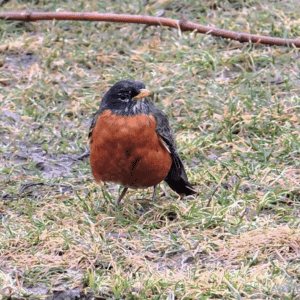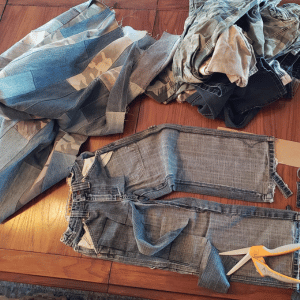Changing the Sheets: Organizing & Planning Vegetable Beds
Organizing & Planning Vegetables Beds
February is one of those months that I spend indoors cleaning and planning, taking advantage of being cooped up. I downsize for donations, recycle paperwork, review last year’s notes, finalize goals, build my calendar, and what I consider the most enjoyable: ordering seeds and designing my vegetable beds.
It all seems very overwhelming for new homesteaders; planting times, crop rotation, companion planting, spacing, starting seeds indoors, succession planting, zones, pests, fertilizer, soil, raised beds, square foot gardening…the list goes on. Where do you even start? Expectations of success often lead us to be unnecessarily hard on ourselves, but gardening, like many skills, takes practice, wisdom, and experience, which often has moments of failure for clarity and learning.
Getting advice about gardening can also be a trial when every individual has particular preferences, resources, and experience. Your zone, soil, finances, and preferences will be different than others.
Start simple
Ellen Biddle Shipman , one of the first female landscape architects in the 1930s, said, “Remember that the design of your place is its skeleton upon which you will later plant to make your picture. Keep that skeleton as simple as possible. ” So let us simplify!
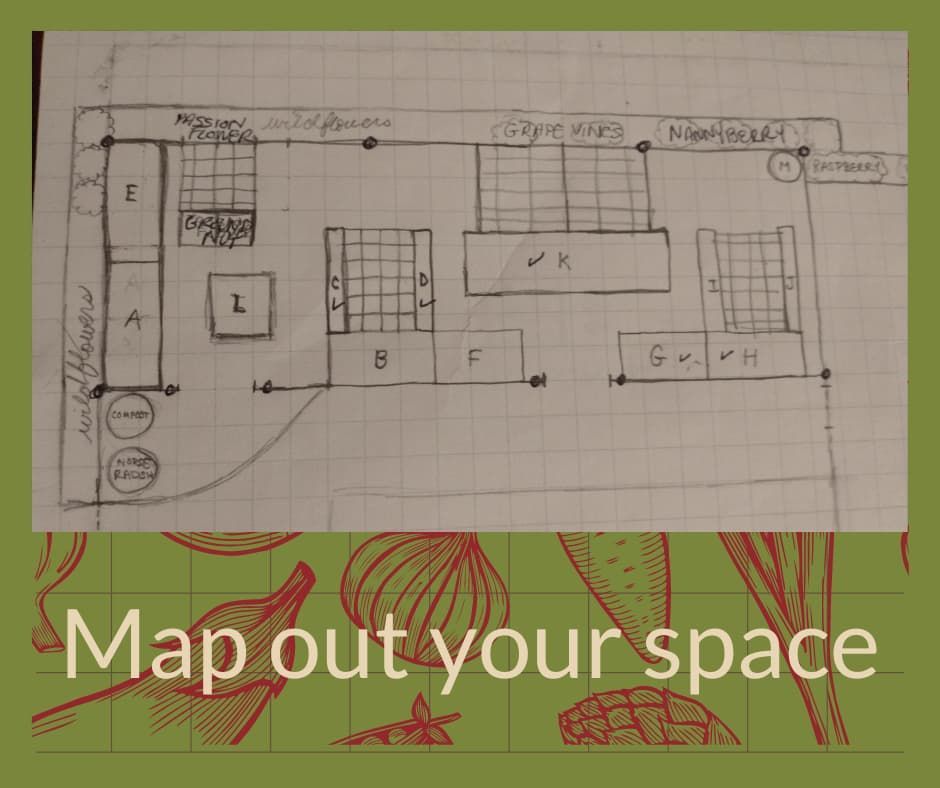
What type of bed do you have?
Twin, full, queen, king, or a cot in a corner?
What is the size of space you have available to garden in? I highly recommend measuring out your land, then making a graph paper map of it. How much space do you want around the beds? Measure a wheelbarrow width and make sure that you can navigate around. Now sort out how big each bed would be.
When I first started on my homestead, raised beds were the best option for me because I live in wetland territory, and over-saturated areas are not uncommon. Finances also designated how much could be dedicated to building. I designed my garden’s layout first so I could accomplish it long-term in stages. It also allowed me to start simple. I made my beds very close together like sleeping bags at my 14th birthday party, utilizing as much square footage as I could, but I certainly would recommend being a bit more gracious on your mobility.
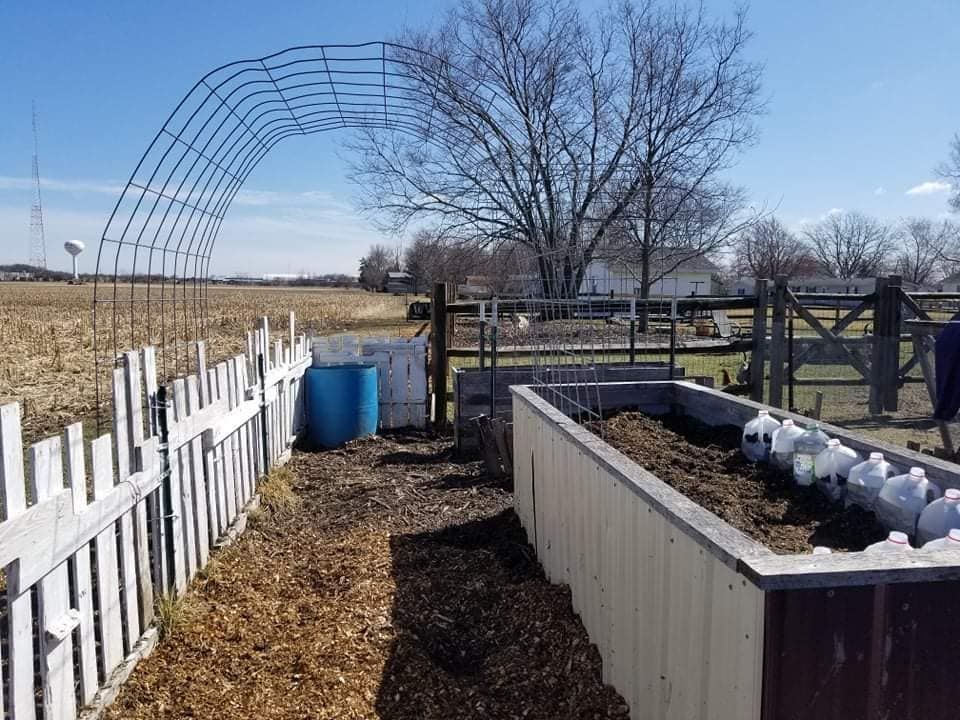
We started with one raised bed built from leftover corrugated steel, made it tall for ease of movement, and filled up over half with tree logs, sticks, grass clippings, junk topsoil, and then compost and soil. It was a process similar to Hugelkultur. The bed measures about 3’x9′ total, which is a good chunk of space to work with. The photo above is our second year, complete with glorious pallet picket fence and one of the many barrels used for raised bed planting. Franken-farming is how we operate as much as possible to save. You can see some of the many milk jug greenhouses I had set up with native Ohio wildflowers inside. This year I have over 100, including a few vegetables.
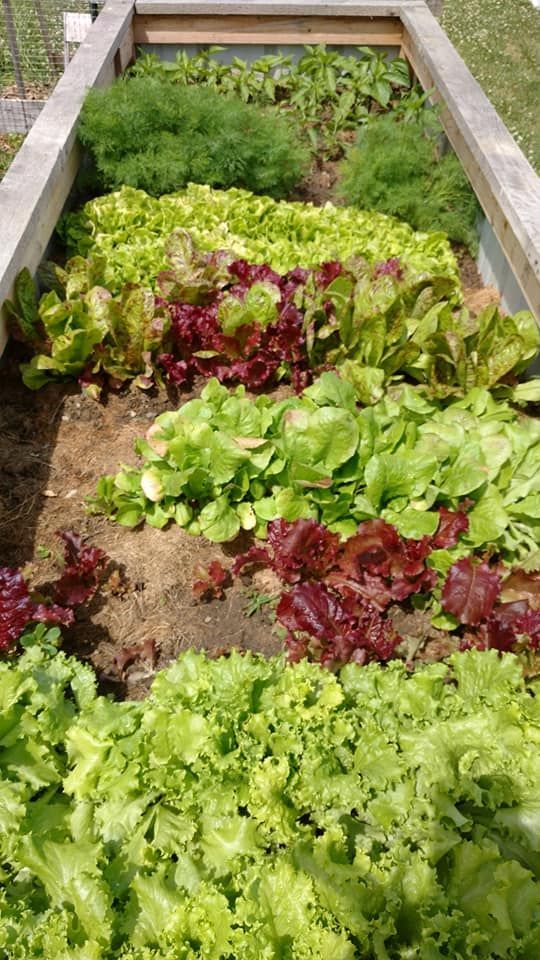
Are you comfortable with the bedding?
Although not unfamiliar with horticulture, this was my first homestead with extensive space of my own to grow on my terms outside of small container gardening. I started easy with lettuce, cucumber, zucchini, tomatoes, and peppers, keeping what I knew and adding two I had never grown before. Get a feel of your vegetable beds; feel the soil, check moisture retention, and observe how your crops grow. Starting easy by simplifying allows you to evaluate plants easier. Then take steps further the following year.
Lessons in Lettuce
Lettuce is an easy and fast-growing crop for a beginner that provides great lessons.
- Plant seeds in rows 2 weeks apart. This allows for a rotating harvest.
- Easy to harvest greens for immediate meals.
- Loves cooler weather; plants bolting and going to seed as the weather warms up can provide next year’s seeds and give a lesson in seed gathering, heirlooms, and storage.
- Succession planting.
- Great companion plant to onions, carrots, radishes, and basil; also easy plants for a beginner.
- Controlling pests and preferred methods.
Bells & Whistles
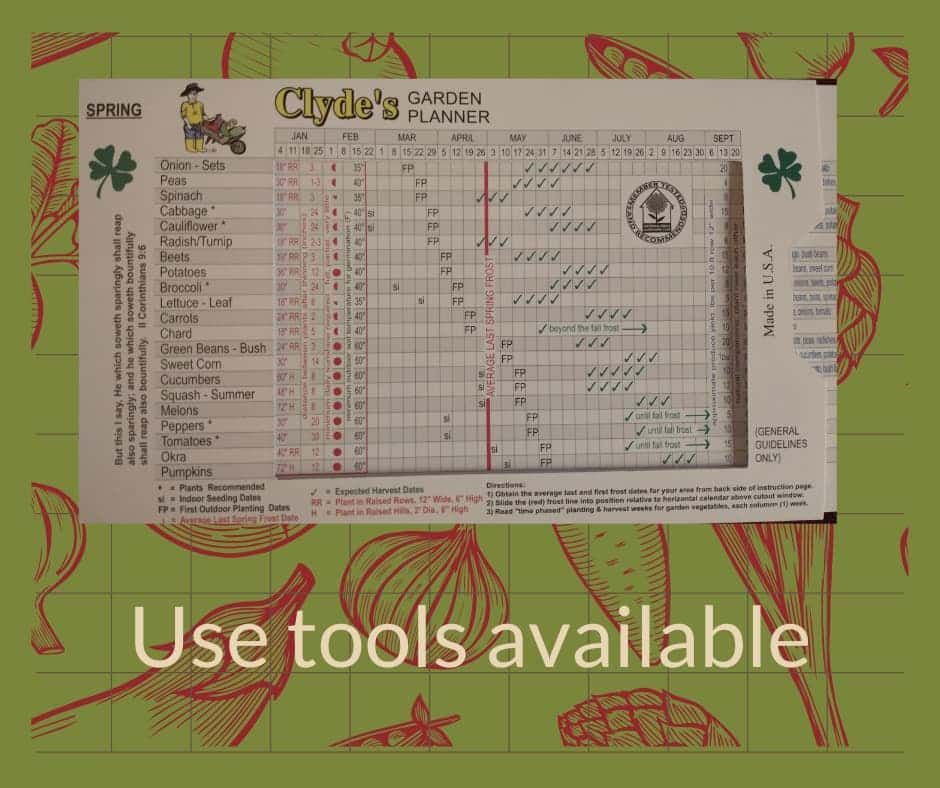
There are a lot of great resources out there to assist a novice, but also providing great insight to an expert. Getting the best out of our land for the greater good of our household is a gift much desired.
I really like Clyde’s Garden Planner , which is an inexpensive and wonderful guide. It is easy to use and very helpful. A tool like this helps to time planting succession.
What is your favorite tool or guide?

Some plants, like radishes, lettuce, and spinach, are ready to harvest quickly. These are easy to tuck into areas for fresh produce all season, but what if an entire plot was dedicated to spinach that could then be canned, frozen, or dehydrated for storage? What plans do you have for replacing these?
There is also the switchover for many of us from Spring to Fall crops (depending on your zone). Juggling the choices can be daunting. Radishes are excellent fillers for open spaces.
If I can’t plant tomatoes and peppers until late May, what options are there?

Companion planting is not exclusive to vegetables, but it is something we can witness quite easily compared to trees and shrubs. If starting with lettuce, group onions nearby; add basil to your tomato patch. There are many combinations, but experience will help you to get better acquainted with good neighbors.
Change the Sheets

Updating your layout each year will allow you to make decisions based on what you have learned. Keep a journal of your plants to document your experience and review for the next. Also, note the vegetables you enjoyed vs those that were less than impressive. Taking a step further, you can add quantity of harvest, amount preserved long term, and methods.
Due to my husband being deployed, I am scaling down my garden difficulty. This layout is Butterfly Pea, Tigger Melon, Bush Beans, Chamomile, Borage, and Lemongrass.
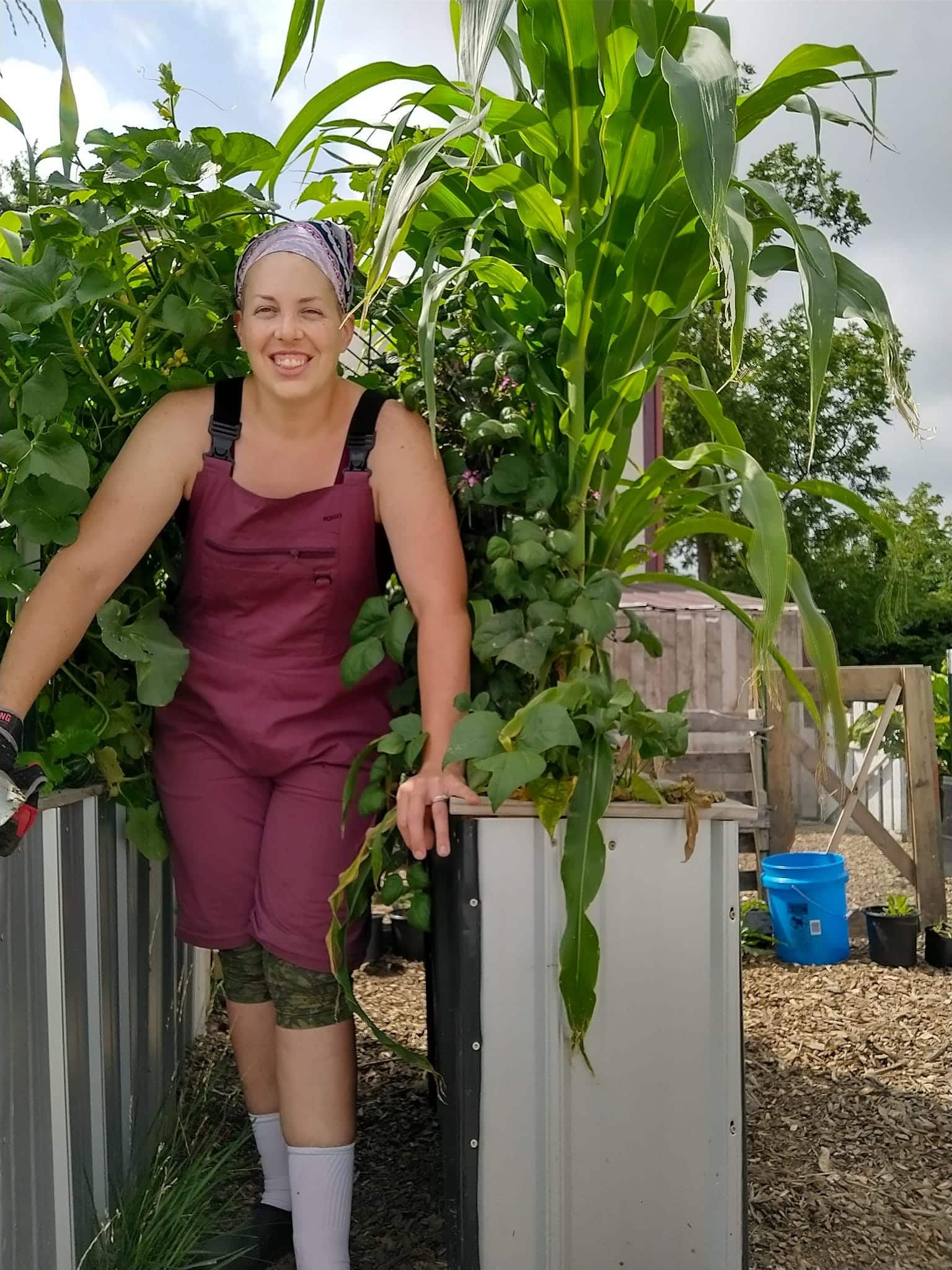
Getting Cozy
Leaning on the gardening experience and wisdom of ladies in my local Chapter has given me a lot of confidence to set aside my fears and dive into new challenges within my homestead. I hope that my lessons and tidbits build up that Community of Friendship with Knowledge; the three goals that evoke so much support and love; which I am grateful for deeply.
I look forward to adventuring in horticulture and other homestead topics with you. What vegetable are you trying new this year? What was your favorite last year? Questions?
Many blessings to your crops!
Julie Ibarra
The Misty Mushroom; Oak Harbor, OH
Educational Coordinator of LHG of Sandusky County
